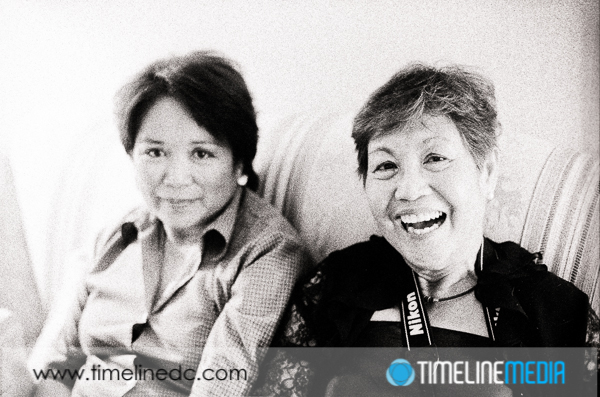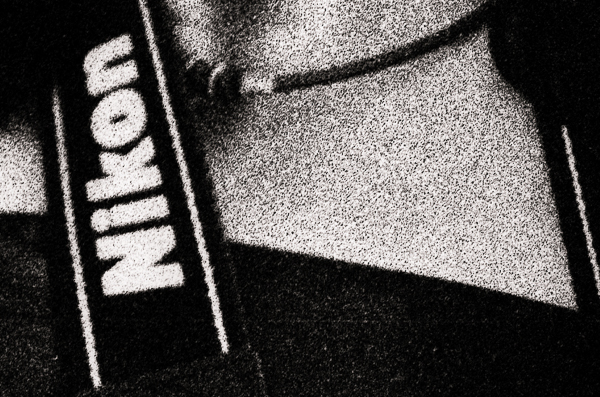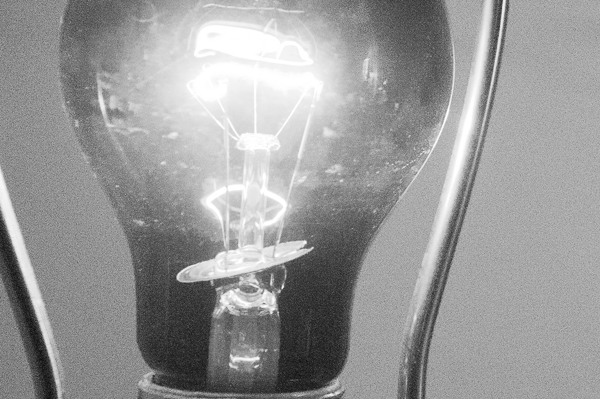
For my professional photography career, I have been digital all the way. I am not nostalgic about the hey day of using film when capturing images. In the few times that I have used film, there is not much different in the way that the camera works. With later Nikon SLRs, the mechanics and ergonomics are almost exactly the same without the screen on the back for viewing images, of course. And then there is the ISO button.
One setting that is different on digital SLRs compared to film is the ISO button. This setting relates to the light sensitivity setting of the sensor and what I think what allowed digital photography to surpass film in quality and usability. Here is the reason why. ISO refers to the International Organization of Standards that creates the universal criteria for a variety of measures.
ISO Rating
The lower the ISO number on your camera, the LESS sensitive your sensor is to light (ie 100 or 200) . The higher the ISO number, the MORE light sensitive your sensor is to the light hitting the back of the camera (ie 1600, 3200 and higher). Back in the film days, you used to have to choose your film speed when you were at the store. This corresponds to the ISO setting in digital cameras. They would sell photos for bright daylight which would be ISO 100 or ISO 200, or you would choose an all-around film which would be rated at ISO 400, or you could get action film which usually would be black and white and be rated for 1600 or 3200.
Why would you choose one over the other? In photography there are always trade-offs. In film, it is grain, in digital capture, it is digital noise. As your sensitivity goes up, so does the amount of grain or noise in your image. The lower ISO values give you the cleanest image without little dots of noise that do not accurately have represent the scene. Higher ISO values may introduce noise or grain artifacts, but it is possible for you to capture a sharp image with faster shutter speeds. Sometimes getting ANY image no matter how grainy is better than getting a completely blurry image without any grain. This was important for photo journalists that needed to get sports shots, or images in bad light without added lighting, and still be sharp enough for printing in the newspaper. Here is an example of a photo taken with Kodak T-Max that is ISO 3200:

Digital Grain
Yes, there is lots of grain in the image! But considering there was no added flash, and using only the ambient light from lamps in the room, you do get a sharp image, and you can make out the subject. Here is a 100% crop from this frame really showing the grain from the film:

With digital photography changing at a rapid pace, the ability to shoot at higher ISO has become the next technological marking stick. Manufacturers have been making cameras that can shoot at higher and higher sensitivities. The magic in new hardware and software allows for this increased sensitivity without adding much noise to the image. Here is an example from a DSLR at ISO 8000 – almost 2 stops more sensitive than the film images above!

Here is the same image at a 100% crop:

The noise/grain is really minimized. From these developments, it really does not make as much sense to shoot film especially for sports or event photographers. This really changes what kinds of situations I can shoot, and what equipment I need to make good images. All digital cameras have an ISO setting, even the iPhone. You may not be able to control it, but you can go into the data for each of your images and see what was the sensitivity for each.
Camera Settings
At the beach on a bright sunny day, the ISO will be 50 or 100, and the computer in the camera will push the ISO up as it gets dark. With this changing automatically in point and shoot or smartphone cameras, you no longer have to worry about sensor sensitivity, but know that as it gets better, so will the quality of your indoor or lower light photos. Rest assured, the sensors in DSLRS are much larger making them much better, but it shows how much people want better low light photos for what they want to photograph.
TimeLine Media – www.timelinedc.com
703-864-8208
